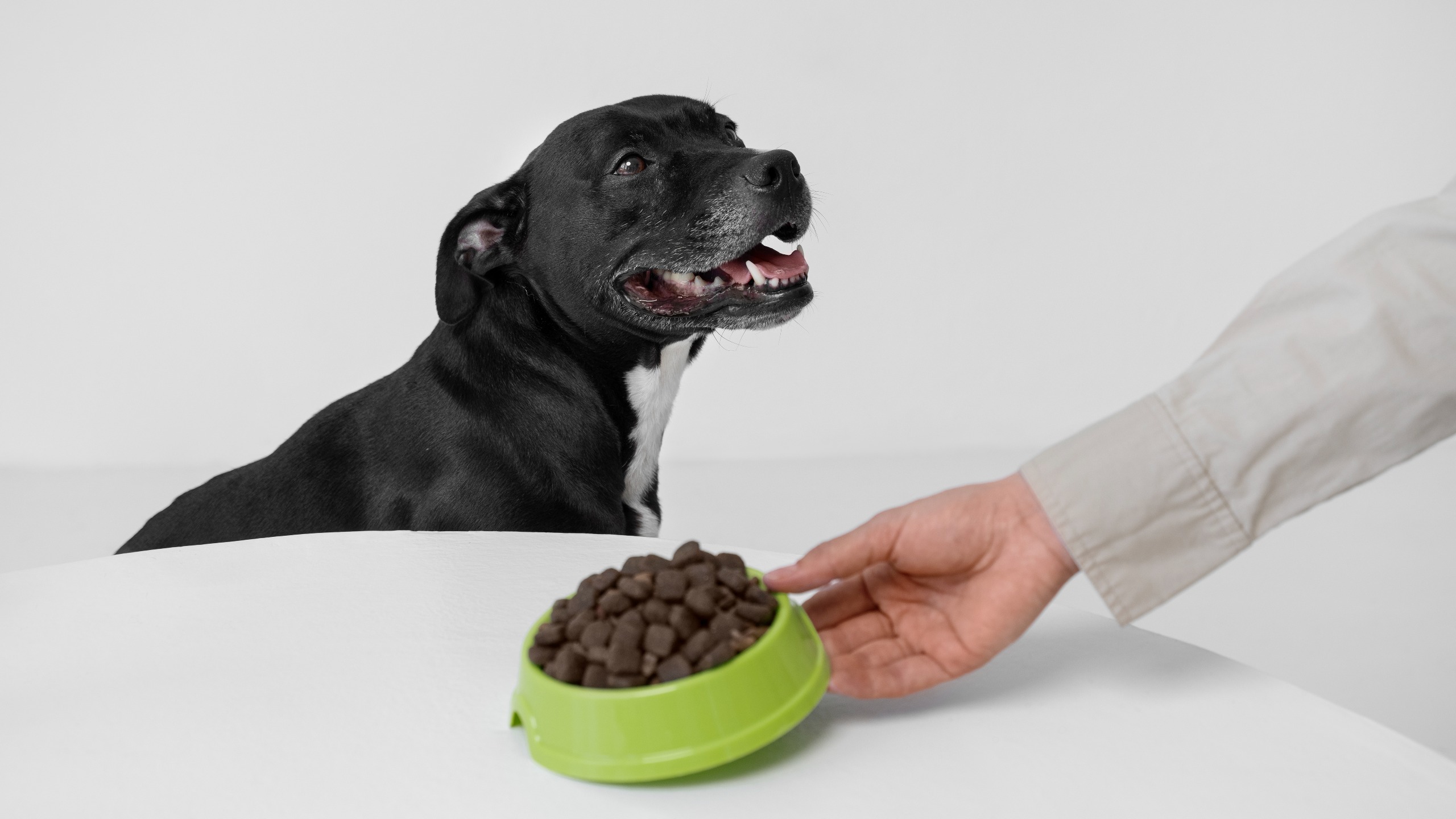Resource guarding is a behavior in which a dog aggressively protects valuable items such as food, toys, or spaces from people or other animals. It can manifest through growling, snapping, or even biting when approached. Understanding this behavior is crucial for effective prevention and management.

Causes of Resource Guarding
Several factors contribute to resource guarding, including:
- Instinctual Behavior: Dogs naturally protect their resources to survive.
- Past Experiences: Dogs that have faced food scarcity may develop guarding tendencies.
- Lack of Socialization: Poor socialization can cause anxiety around shared resources.
- Reinforced Behavior: If a dog learns that aggression successfully keeps others away, it may continue the behavior.
How to Prevent Resource Guarding
1. Early Socialization
Expose puppies to different situations where they learn to share food, toys, and space. Positive experiences in early stages reduce the likelihood of guarding behavior.
2. Hand-Feeding
Feeding dogs directly from your hand builds trust and teaches them that human hands near food are non-threatening.
3. Trading Game
Encourage your dog to exchange items for higher-value treats. This teaches them that giving up a resource leads to a better reward.
4. Positive Reinforcement
Reward calm behavior around food and toys. Reinforce good manners by praising and treating them when they allow you near their resources.
5. Avoid Punishment
Never punish a dog for resource guarding. It may increase fear and aggression, worsening the problem.
How to Manage Resource Guarding
If your dog already exhibits resource guarding, follow these steps to manage it effectively:
1. Identify Triggers
Observe what items or situations cause guarding behavior. Understanding triggers helps in creating a tailored management plan.
2. Desensitization and Counterconditioning
Gradually expose your dog to situations that trigger guarding while rewarding calm behavior. For example, approach their food bowl and drop a high-value treat to build positive associations.
3. Controlled Feeding Areas
Feed your dog in a quiet, separate space to reduce anxiety and competition for food.
4. Teach the “Drop It” and “Leave It” Commands
Training these commands provides control and helps in safely retrieving objects without conflict.
5. Seek Professional Help
If the behavior is severe, consult a certified dog trainer or animal behaviorist for specialized guidance.
Conclusion
Preventing and managing resource guarding requires patience, consistency, and positive reinforcement. By understanding the causes and implementing effective training strategies, you can foster a safe and trusting environment for your dog.
